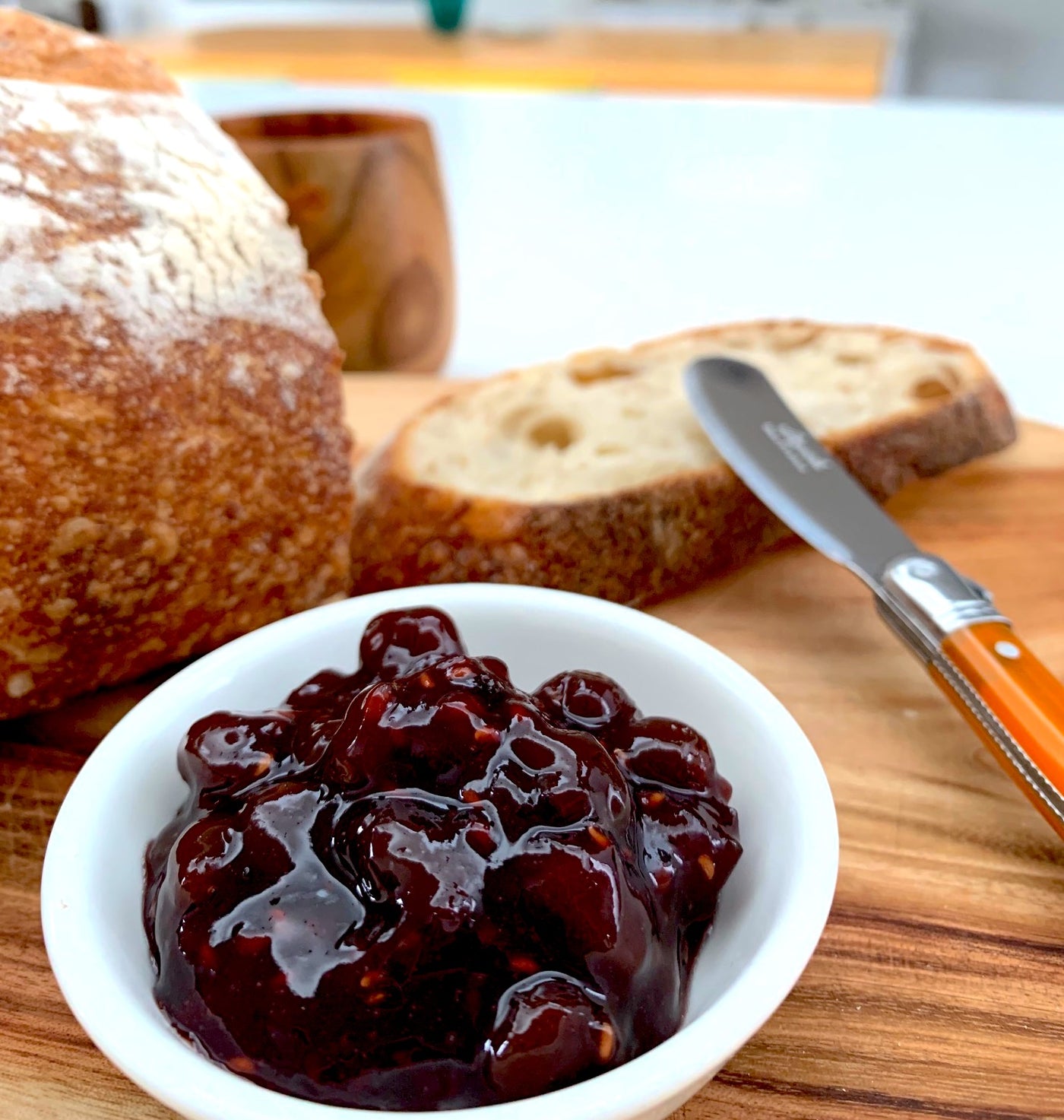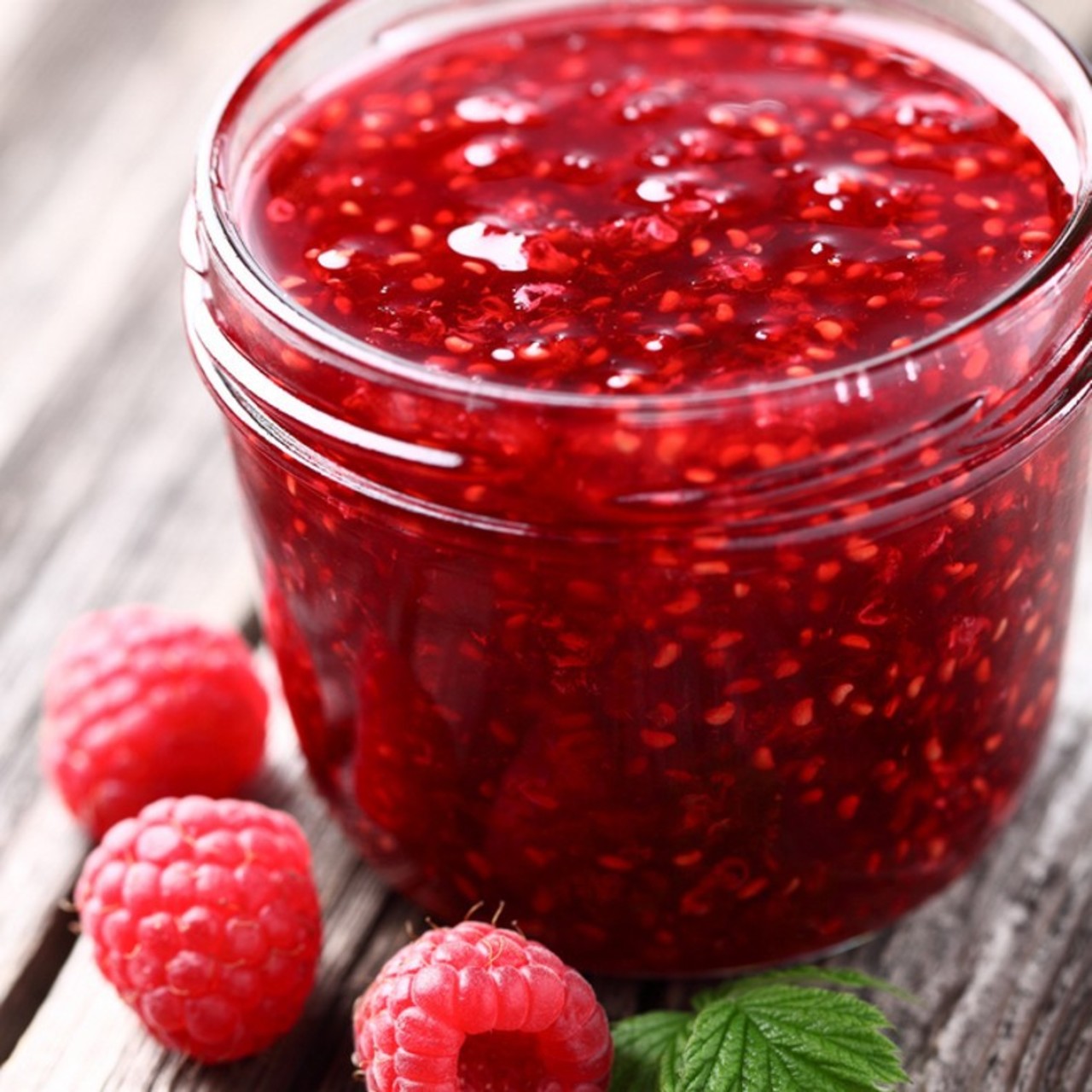
The Sweet Secret of Riberry Jam: Easy Recipes for a Burst of Flavor
The humble jam jar, a staple in kitchens worldwide, holds the promise of sweet satisfaction and the preservation of seasonal bounty. While classic strawberry and apricot jams are beloved for a reason, there’s a whole universe of fruit waiting to be transformed into delicious spreads. Today, we’re diving into the vibrant world of Riberry jam, a delightful concoction that offers a unique and tantalizing flavor profile.
Riberry, scientifically known as Syzygium leuhmannii, is a small, tart berry native to the rainforests of Australia. Its intense crimson hue and sharp, slightly astringent taste make it a fascinating ingredient for jams and preserves. Often described as having notes of cranberry, pomegranate, and even a hint of eucalyptus, Riberry jam is far from your average breakfast spread. It’s a flavor adventure waiting to happen.
The beauty of Riberry jam lies in its versatility and the relative ease with which it can be prepared. While the berries themselves might require a bit of sourcing, the jam-making process is remarkably straightforward, making it an accessible project for both novice and experienced home cooks. This article will guide you through the fundamentals of creating delicious Riberry jam, offering simple recipes and tips to ensure your success.

Why Choose Riberry Jam?
Before we get to the recipes, let’s explore what makes Riberry jam so special:
- Unique Flavor Profile: The tartness of Riberries is perfectly balanced by sugar in jam-making, creating a complex flavor that’s both refreshing and satisfying. It’s not overly sweet, allowing the natural fruitiness to shine through.
- Vibrant Color: The deep red of Riberry jam is visually stunning. It adds a pop of color to toast, yogurt, and even cheese platters.
- Nutritional Benefits: While jam is primarily a treat, Riberries are known to be rich in antioxidants and vitamin C, adding a subtle nutritional boost to your indulgence.
- Versatility: Beyond toast, Riberry jam can be a fantastic addition to desserts, glazes for meats, or even as a component in cocktails.

Essential Tools and Ingredients for Riberry Jam
Making jam is a rewarding process, and having the right tools can make it even smoother. Here’s what you’ll typically need:
Tools:
- Heavy-Bottomed Pot or Saucepan: A wide, heavy-bottomed pot is crucial for even heat distribution and preventing scorching. A large saucepan (at least 4-6 quarts) is ideal.
- Sterilized Jars and Lids: Essential for preserving your jam. You can sterilize jars by washing them thoroughly and then placing them in a preheated oven (around 130°C/265°F) for at least 15 minutes, or by boiling them in water. Lids should be boiled for a few minutes.
- Spoon or Ladle: For stirring and transferring the jam. A long-handled spoon is helpful to avoid burns.
- Jam Thermometer (Optional but Recommended): This helps you achieve the correct setting point for your jam, ensuring a good consistency.
- Funnels: For easily filling your sterilized jars.
- Canning Tongs or Oven Mitts: For safely handling hot jars.
- Small Plate: To test for the setting point of the jam. Keep this in the freezer.
Ingredients:
- Riberries: The star of the show! Fresh or frozen Riberries can be used. If using fresh, ensure they are ripe but firm.
- Sugar: Granulated sugar is the most common. It acts as a preservative and helps achieve the jam’s texture and sweetness.
- Lemon Juice: Adds acidity, which helps the pectin to set and brightens the flavor of the Riberries.
- Pectin (Optional): Some Riberry recipes rely on the natural pectin in the fruit. However, if you want a firmer set or are using less ripe berries, commercial pectin (liquid or powder) can be added. Always follow the package instructions if using commercial pectin.
The Science of Jam Setting: Pectin, Sugar, and Acid
Understanding the basic science behind jam making will empower you to create perfect Riberry jam every time. The magic happens through the interaction of three key components:
- Pectin: This is a natural carbohydrate found in fruits that acts as a gelling agent. When heated with sugar and acid, pectin molecules form a three-dimensional network that traps water, creating a gel. Riberries contain a moderate amount of pectin.
- Sugar: Beyond sweetness, sugar plays a vital role in preservation by drawing out moisture from the fruit and inhibiting the growth of microorganisms. It also helps to concentrate the pectin, aiding in the setting process.
- Acid: The acidity from lemon juice or the natural acidity of the fruit is crucial for activating pectin. Without sufficient acid, the pectin won’t gel properly, resulting in a runny jam.
Simple Riberry Jam Recipe: The Classic Approach
This recipe is designed to be straightforward, focusing on the natural flavor of Riberries.
Yields: Approximately 3-4 standard jam jars
Prep time: 15 minutes
Cook time: 30-45 minutes
Ingredients:
- 1 kg (2.2 lbs) Riberries (fresh or frozen)
- 750g (1.6 lbs) granulated sugar (adjust to taste)
- Juice of 1 large lemon
Instructions:
- Prepare the Riberries: If using fresh Riberries, gently wash them and remove any stems or bruised fruit. If using frozen, no need to thaw.
- Combine Ingredients: Place the Riberries in your large, heavy-bottomed pot. Add the granulated sugar and lemon juice.
- Macerate (Optional but Recommended): Stir the ingredients together well and let them sit for at least 30 minutes, or even overnight in the refrigerator. This allows the sugar to draw out the juices from the berries and begin the maceration process, which helps to soften the fruit and develop flavor.
- Cook the Jam: Place the pot over medium-high heat. Stir continuously until the sugar has completely dissolved.
- Bring to a Boil: Once the sugar is dissolved, bring the mixture to a rolling boil – a boil that cannot be stirred down.
- Skim the Foam: As the jam boils, foam will likely rise to the surface. Use a spoon to gently skim off this foam. This helps to create a clearer jam and a better set.
- Test for Setting Point: Continue to boil the jam, stirring frequently to prevent sticking. This is where a jam thermometer is useful. The setting point for jam is typically around 105°C (220°F).
- Without a thermometer: Place a small plate in the freezer before you start cooking. After about 20-25 minutes of boiling, spoon a small amount of jam onto the cold plate. Let it sit for a minute, then push it gently with your finger. If the surface wrinkles, the jam is ready. If it remains liquid, continue boiling for another 5-10 minutes and test again.
- Potting the Jam: Once the jam has reached its setting point, remove the pot from the heat. Carefully ladle the hot jam into your sterilized jars, filling them almost to the brim. Use a clean, damp cloth to wipe away any drips on the rim of the jars.
- Seal the Jars: Immediately place the sterilized lids on the jars and screw them on tightly. As the jam cools, it will create a vacuum seal. You should hear a "pop" as the lids seal.
- Cool and Store: Let the jars cool completely at room temperature. Once cool, check that the lids are sealed (they should be slightly concave and not flex when pressed). Store your Riberry jam in a cool, dark place. Once opened, refrigerate and consume within a few weeks.
Tips for Jam Success
- Don’t Overcook: Overcooking can lead to a tough, overly sweet jam and can degrade the vibrant color.
- Use Ripe Fruit: Ripe fruit generally has more natural pectin and flavor.
- Sterilize Properly: This is non-negotiable for safe and long-lasting jam.
- Be Patient: Jam making takes time. Don’t rush the cooking or setting process.
- Adjust Sugar: The amount of sugar can be adjusted slightly based on your preference and the tartness of your Riberries. However, reducing sugar too much can affect the setting and preservation.
Variations and Serving Suggestions
Once you’ve mastered the basic Riberry jam, don’t be afraid to experiment!
- Spiced Riberry Jam: Add a cinnamon stick, a few star anise, or a pinch of ground ginger to the pot while cooking for a warming, aromatic twist. Remove the spices before potting.
- Riberry and Apple Jam: Combine Riberries with chopped apples (which are high in pectin) for a more complex flavor and a reliable set. You might need to adjust the sugar accordingly.
- Riberry and Vanilla Jam: Infuse a vanilla bean into the jam as it cooks for a subtle floral note.
Serving Suggestions:
- Classic Toast: Spread generously on buttered toast, scones, or crumpets.
- Yogurt and Granola: A dollop of Riberry jam elevates plain yogurt and granola to a gourmet breakfast.
- Cheese Pairings: Riberry jam is a superb accompaniment to a variety of cheeses, especially sharp cheddar, brie, or goat cheese.
- Dessert Component: Use it as a filling for tarts, a topping for cheesecakes, or swirled into ice cream.
- Savory Applications: Glaze roasted chicken or pork with Riberry jam in the last 15-20 minutes of cooking for a sweet and tangy crust. It also works beautifully with duck.
- Cocktail Mixer: A spoonful of Riberry jam can add a unique fruity depth to cocktails. Try it with gin or vodka.
Troubleshooting Common Jam Issues
- Runny Jam: This usually means it hasn’t reached the setting point. Return the jam to the pot, add a tablespoon of lemon juice, and boil again until it passes the cold plate test.
- Crystallized Jam: Too much sugar or not enough acid can cause sugar crystals to form. Ensure sugar is fully dissolved before boiling.
- Moldy Jam: This is almost always due to improper sterilization of jars or lids, or the jam not being sealed correctly.
Sourcing Riberries
Riberries can be found in specialty food stores, farmers’ markets, or from Australian native produce suppliers. If you are in a region where Riberries grow, foraging them (responsibly and with knowledge of local regulations) can be a rewarding experience. Frozen Riberries are often available year-round and are a convenient option for jam making.
Conclusion: A Jar Full of Sunshine
Riberry jam is more than just a preserve; it’s a taste of the Australian bush, a burst of vibrant flavor, and a testament to the simple joy of home cooking. With these easy recipes and helpful tips, you can confidently create your own batches of this delightful jam, transforming ordinary mornings into extraordinary culinary moments. So, gather your Riberries, embrace the sweet alchemy of jam making, and unlock the delicious secret of Riberry jam. Your taste buds will thank you!


